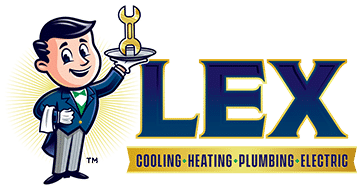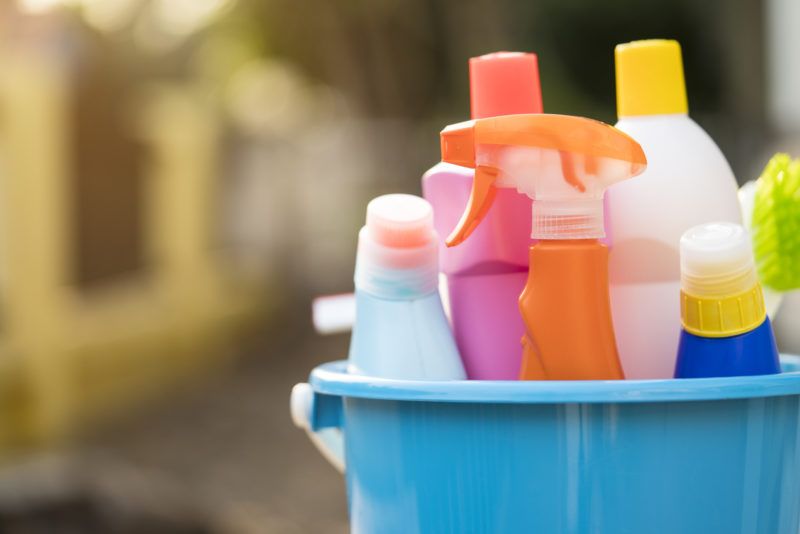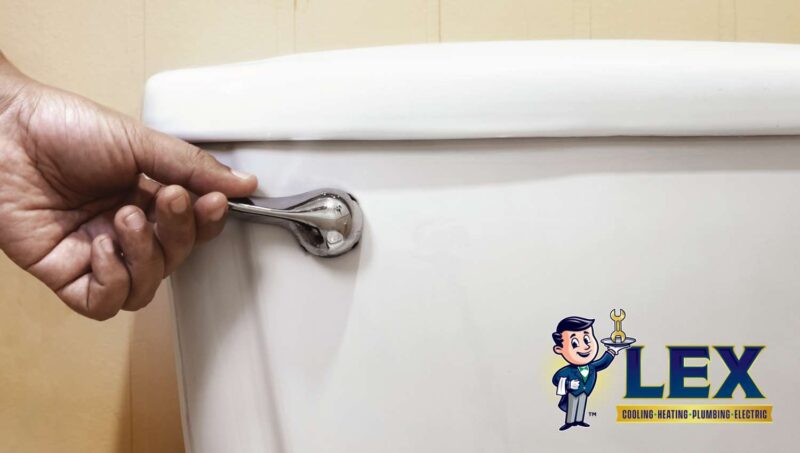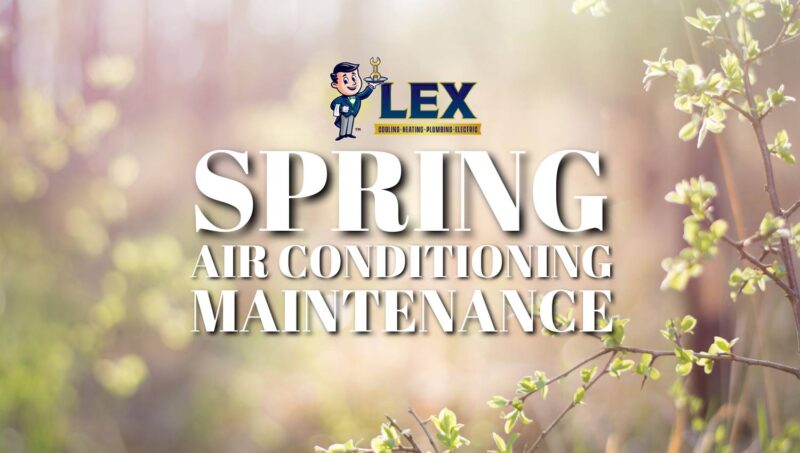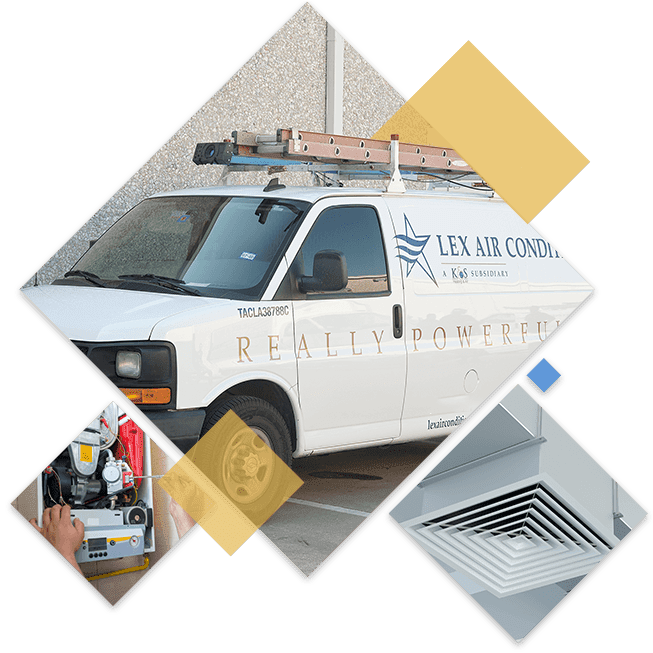High-quality indoor air in your Texas home is important for keeping your family comfortable and healthy. Volatile organic compounds or VOCs are one of the greatest threats to good indoor air quality. Here’s a quick breakdown of what you need to know about VOCs.
What Are the Harmful Effects of VOCs?
VOCs come with a host of health concerns. These chemical compounds are released into the air and typically affect people because they breathe them in. Low-level or short-term exposure to VOCs can result in flu-like symptoms, including:
- Headache
- Sore throat
- Wooziness
- Lung irritation.
High-level or long-term exposure to these volatile organic compounds can lead to:
- Tremors
- Memory loss
- Seizures
- Neurological dysfunction.
While there is a wide range of possible symptoms, VOCs pose a serious health concern for families, especially if any members have sensitive lungs.
Where Do VOCs Come From?
VOCs can come from a surprising number of household products. Common culprits include permanent markers, cleaning products, craft supplies, pest solutions, and home improvement supplies. Typically, a well-sealed container is enough to keep these from affecting your air quality. In addition, be sure to keep them away from children and store them somewhere safe.
Other chemicals like gasoline and paint strippers let out huge amounts of VOCs if not stored correctly. They should be kept well-sealed in areas outside of the home, such as the garage or shed.
How to Reduce VOCs
The best way to reduce VOCs in your home is to not use items that release them into the air. Replace bleach-based cleaning supplies with natural options and research harsh chemicals before buying cleaning products. Of course, this isn’t always feasible.
If you have to use something that’s known for releasing these chemicals, make sure your home is well-ventilated to reduce VOCs. You can use an exhaust fan or simply open the windows. You can also get extra protection by using air purifiers.
Lex Air Conditioning and Heating can help you improve your indoor air quality and keep your family healthy. Call us at (972) 217-8955 to talk to an expert today!
